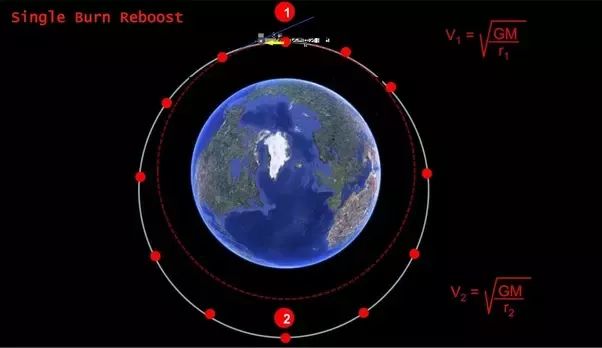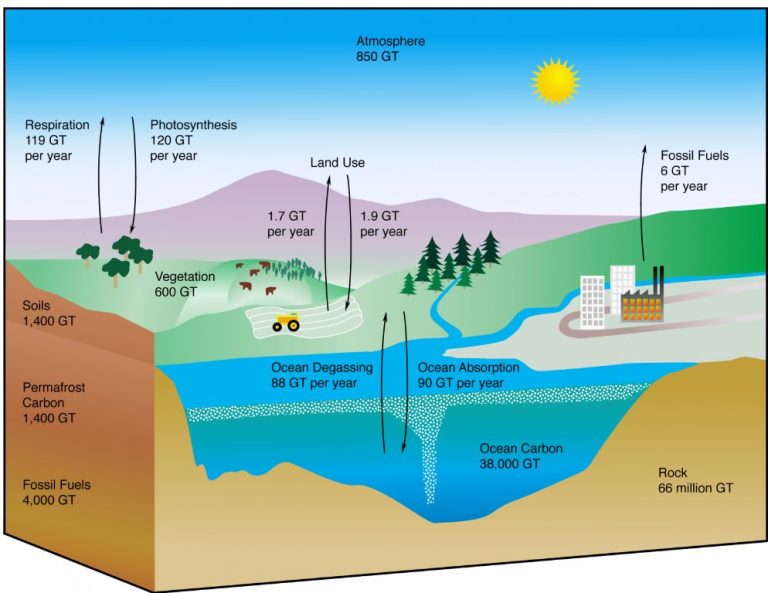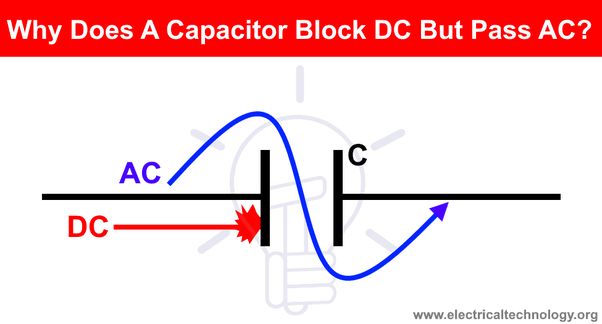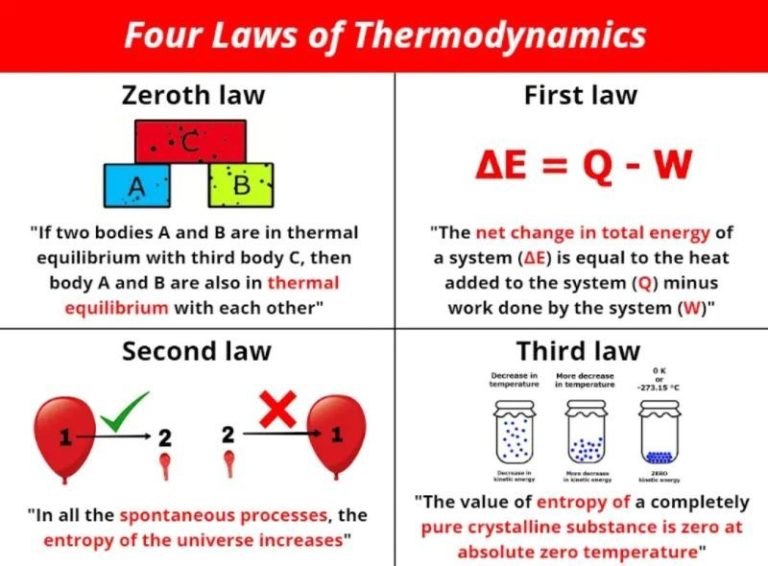How Do You Find Kinetic Energy From Gravitation?
Introduce Kinetic Energy and Gravity
Kinetic energy is the energy possessed by a body due to its motion. It depends on the mass and velocity of the body and is calculated using the formula:
Kinetic Energy = 1/2 x mass x velocity^2
Gravity is the force of attraction that exists between any two masses. Gravity causes objects to accelerate during free fall at a rate of 9.8 m/s^2 on Earth. The gravitational force between two objects depends on their masses and the distance between them.
There is a direct relationship between gravity and kinetic energy. When an object falls under gravity, it accelerates and gains kinetic energy. The kinetic energy gained by a falling object comes from its loss of potential energy in the gravitational field. Understanding this relationship is key to calculating kinetic energy from gravitational effects.
Deriving Kinetic Energy Formula
The kinetic energy formula can be derived from gravitational potential energy. Gravitational potential energy is defined by the equation:
U = mgh
Where m is mass, g is the gravitational acceleration constant, and h is height. This equation gives the potential energy of an object based on its mass, gravity, and height above the ground. To get kinetic energy, we take the derivative of this equation with respect to time.
Taking the derivative yields:
dU/dt = m*g*dh/dt
But dh/dt represents velocity, which we’ll call v. So the equation becomes:
dU/dt = mgv
Kinetic energy is defined as 1/2mv^2. Recognizing this, we can substitute in to get:
1/2mv^2 = mgv
And rearranging gives us the familiar kinetic energy formula:
KE = 1/2mv^2
So by starting with the gravitational potential energy equation and taking its derivative, we derived an expression for kinetic energy.
Sample Calculation
To calculate kinetic energy from gravity, let’s walk through an example problem:
Imagine a ball with a mass of 5 kg is held at a height of 10 meters above the ground. Gravity will accelerate the ball downward at 9.8 m/s2. To find the kinetic energy of the ball when it hits the ground, we can use the formula:
KE = 1/2 * m * v2
Where:
- KE is kinetic energy in Joules (J)
- m is mass in kilograms (kg)
- v is velocity in meters per second (m/s)
We know the mass is 5 kg. To find the velocity, we use the kinematic equation:
v2 = u2 + 2*a*d
Where:
- u is the initial velocity, which is 0 m/s since the ball starts from rest
- a is the acceleration due to gravity, which is 9.8 m/s2
- d is the distance fallen, which is 10 meters
Plugging the values into the equation:
v2 = 0 + 2*(9.8 m/s2)*10 m
v2 = 196
v = 14 m/s
Now we can plug this velocity into the kinetic energy equation:
KE = 1/2 * 5 kg * (14 m/s)2
KE = 490 J
Therefore, the kinetic energy of the ball when it hits the ground is 490 J.
Factors Affecting Kinetic Energy
Kinetic energy depends on several key variables that determine how much kinetic energy an object will have. The main factors that affect an object’s kinetic energy are:
- Height
- Mass
- Gravity
Height affects kinetic energy because the higher up an object is, the more potential energy it has to convert into kinetic energy as it falls. Potential energy is directly proportional to height. So if the height is doubled, the potential energy also doubles, which means more energy is available to convert into kinetic energy.
Mass also has a direct relationship with kinetic energy. Heavier objects require more energy to accelerate to the same speed as lighter objects. This means that for a given height and gravity, heavier objects will have greater kinetic energy when falling due to their increased mass.
Finally, the strength of gravity affects kinetic energy. The stronger the gravitational pull, the faster an object will accelerate during a fall. This greater acceleration results in the object reaching a higher speed, which increases its kinetic energy. For example, an object would have higher kinetic energy falling on Earth than on the moon due to Earth’s greater gravitational pull.
So in summary, kinetic energy increases with greater height, mass, and gravitational strength. Understanding how these key factors influence kinetic energy allows us to calculate and predict how much kinetic energy an object will have in a given situation.
Real World Applications
In everyday life, there are many examples of kinetic energy resulting from gravity. One common example is a falling object. When an object falls from a height, it gains kinetic energy due to the gravitational pull accelerating it downwards. The longer the fall, the faster the object travels and the greater its kinetic energy upon impact. This is why falling from greater heights results in more damage.
Another everyday example is a pendulum. As a pendulum swings back and forth, it transforms between kinetic and potential energy. At the top of its arc, it has maximum potential energy and zero kinetic. At the bottom of its arc, it has maximum kinetic energy and zero potential. The exchange between potential and kinetic energy allows a pendulum to swing back and forth continuously.
In sports, kinetic energy from gravity plays an important role. In downhill skiing, the potential energy from the skier’s initial elevation is converted into kinetic energy as they descend. The greater the height of the slope, the greater the resulting speed. In track and field, gravity accelerates sprinters out of the starting blocks. Gravity also enables thrown objects like javelins, discuses and shot puts to gain kinetic energy and travel long distances.
On a galactic scale, gravity is crucial for many kinetic processes. The formation and movement of planets, stars and solar systems relies on gravitational forces. The orbits of planets around stars transforms potential energy to kinetic continuously. Even black holes exhibit immense kinetic energy, with surrounding matter orbiting at nearly the speed of light before being consumed.
Kinetic Energy in Space
Gravity plays an important role in kinetic energy in space. Even though astronauts experience weightlessness and zero gravity in space, they are still influenced by Earth’s gravitational pull. Objects in orbit around Earth are constantly falling towards Earth but moving fast enough sideways that they continually miss hitting the planet. This motion creates kinetic energy.
For example, the International Space Station orbits Earth at about 17,500 mph. This high velocity is needed to maintain a stable orbit and creates significant kinetic energy. The kinetic energy comes from the gravitational potential energy gained by the spacecraft as it falls towards Earth. This gravitational potential energy gets converted to kinetic energy as the spacecraft speeds up.

The Moon has kinetic energy due to its orbit around Earth. And Earth has kinetic energy as it orbits the Sun. The faster an object orbits, the more kinetic energy it possesses. Changes in velocity or orbital distance can increase or decrease an object’s kinetic energy in space.
Kinetic energy is extremely important for space travel. Escape velocity is the minimum speed needed to break free of a planet or moon’s gravitational pull. Reaching escape velocity requires achieving enough kinetic energy to escape the gravitational potential energy of the celestial body. This allows spacecraft to travel between planets and moons.
Understanding gravity’s role in creating kinetic energy is key to calculating spacecraft trajectories and orbits. The interplay between potential and kinetic energy is what makes space travel possible.
Energy Transformations
When an object moves in a gravitational field, its potential energy gets transformed into kinetic energy. The gravitational potential energy depends on the object’s height above the ground. As the object falls, this potential energy gets converted to kinetic energy, which depends on the object’s speed.
To understand this energy transformation, let’s consider a simple example. Imagine a ball held at a height h above the ground. The ball has gravitational potential energy (PE) due to its position in the Earth’s gravitational field. This potential energy can be calculated as PE = mgh, where m is the ball’s mass and g is the gravitational acceleration.
Now, when the ball is released, it will start accelerating downwards due to gravity. As it falls, the potential energy gets transformed into kinetic energy (KE) associated with its motion. The kinetic energy keeps increasing as the ball picks up speed. At any instant, the total mechanical energy remains conserved. So:
Initial PE + Initial KE = Final PE + Final KE
Or, mgh + 0 = 0 + (1/2)mv^2
Where v is the ball’s speed. This shows that the initial PE gets completely converted into the KE of the moving ball. The transformation between potential and kinetic energy under gravity allows objects to pick up speed and fall freely.
Conservation of Energy
One of the most fundamental laws in physics is the law of conservation of energy. This states that in a closed system, the total mechanical energy remains constant. Mechanical energy is the sum of kinetic energy and potential energy.
In the absence of nonconservative forces like friction, the mechanical energy before and after an interaction remains the same. This is because conservative forces like gravity only convert kinetic energy into potential energy and vice versa – they do not remove any energy from the system.
For example, when an object falls under gravity, its potential energy gets converted into kinetic energy. As it hits the ground and comes to rest, the kinetic energy gets converted back into potential energy. The process is reversible and no energy is lost.
This conservation of mechanical energy is very useful in analyzing motions under gravity. By setting the total initial mechanical energy equal to the total final mechanical energy, we can relate the velocities, heights, and masses involved without direct dependence on the force of gravity.
Common Misconceptions
There are a few common misconceptions when it comes to deriving kinetic energy from gravitational potential energy:
Thinking kinetic energy comes from nowhere: Some think that an object simply gains kinetic energy when it starts moving, without realizing that energy must be transferred or transformed. The kinetic energy an object gains actually comes from its gravitational potential energy being converted as the object falls.
Not accounting for height: The height an object falls from is a key factor in determining its final kinetic energy. Some mistakenly believe that height does not matter or affect the kinetic energy gained. However, an object released from a higher starting point will gain more gravitational potential energy to be converted to kinetic energy.
Ignoring initial velocity: When calculating final kinetic energy, it’s important to consider if the object already had an initial velocity before falling. Kinetic energy accumulates from both the initial motion and the acceleration from gravity. Ignoring pre-existing velocity leads to an underestimation of kinetic energy.
Thinking kinetic energy is infinite: While kinetic energy does increase as an object gains speed from falling, it cannot increase without bounds. The gravitational potential energy is finite based on the object’s mass and height. Therefore, the maximum kinetic energy gained is also limited.
Not relating kinetic and potential energy: A key misunderstanding is not realizing that the kinetic energy gained has to equal the gravitational potential energy lost. The total mechanical energy remains constant, abiding by the law of conservation of energy.
Summary
In summary, kinetic energy resulting from gravitational potential can be calculated using the formula KE=mgh, where m is mass, g is the gravitational acceleration constant, and h is height. The key points are:
- Gravitational potential energy is converted to kinetic energy when an object falls.
- Kinetic energy increases linearly with height, since height is directly proportional in the formula.
- Kinetic energy increases with greater mass.
- The acceleration due to gravity is approximately 9.8 m/s2 on Earth’s surface.
- Examples include calculating the kinetic energy of a falling object, a pendulum, or a rollercoaster car at different points.
- Kinetic energy is conserved so long as energy is not lost to friction, air resistance, etc.
Understanding how to derive kinetic energy from gravity helps predict motion and apply physics principles to real world examples.




